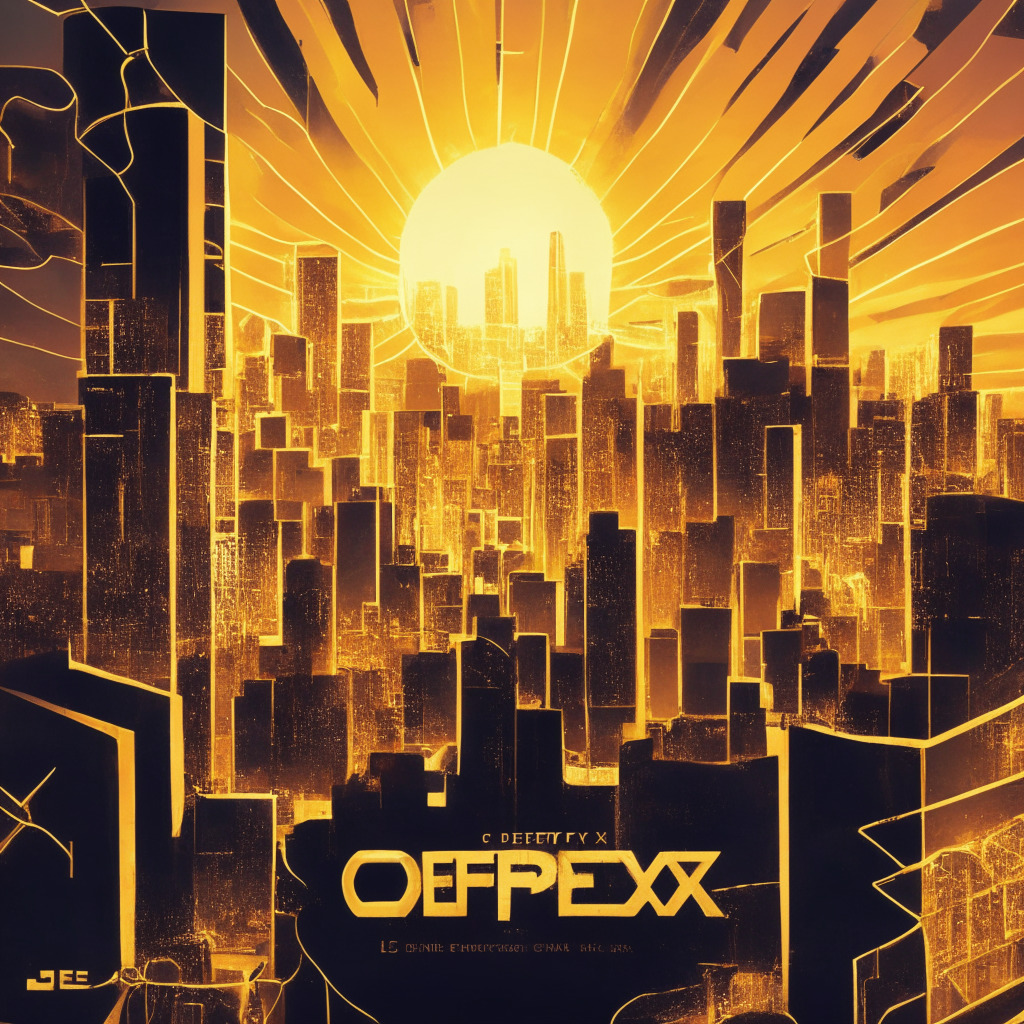The realm of peer-to-peer (P2P) lending, a system that enables direct loans between borrowers and investors, has been slowly transforming traditional banking. Decentralized lending, where individuals can borrow directly from other individuals or institutions without the use of intermediaries like banks, has its perks for both sides of the equation. Borrowers can take advantage of flexible terms while investors can benefit from competitive returns on their assets. Today, let’s delve into five decentralized P2P lending platforms transforming this market: Aave, Compound, MakerDAO, dYdX and Fulcrum.
Aave is a decentralized lending medium built on the Ethereum blockchain. Its defining feature is flash loans, a mechanism allowing borrowers to take loans without collateral, provided they repay within the same transaction. This opens up immediate liquidity and novel financial applications.
Next, Compound, another Ethereum-based decentralized lender, adjusts interest rates algorithmically. Depending on asset demand, investors can lend their assets and garner interest. The platform also empowers users partake in platform governance.
Another key player, MakerDAO, also thrives on Ethereum’s blockchain. Its hallmark is the DAI stablecoin. Borrowers can generate DAI stablecoins using their digital assets as collateral. These coins are pegged to the United States dollar, providing a sense of stability for investors earning interest in the form of stability fees.
The decentralized derivatives trading platform dYdX also offers lending features. It enables borrowers to trade on the platform, employing their digital assets as collateral. Investors can lend their assets and earn interest on their deposits.
Lastly, Fulcrum, a decentralized lending and margin trading platform on Ethereum’s blockchain, offers seamless integration of lending and trading services, facilitated by its native token enabling governance votes on protocol updates and parameters.
Despite their diverse features, these five platforms have one common trait: they leverage the Ethereum blockchain for their operations. The use of decentralized blockchain technology brings about transparency and reduces reliance on traditional banking systems for P2P lending.
Indeed, these platforms mark another stride in the march towards a decentralized financial ecosystem. However, borrower beware: while these platforms offer more control and flexibility, they also demand more responsibility. Decentralized lending is not without risks and requires users to be well-versed with the intricacies of the blockchain technology underlying these platforms. As a potential investor or borrower, due diligence is crucial before embarking on the path of decentralized lending. With power comes responsibility.
Source: Cointelegraph




